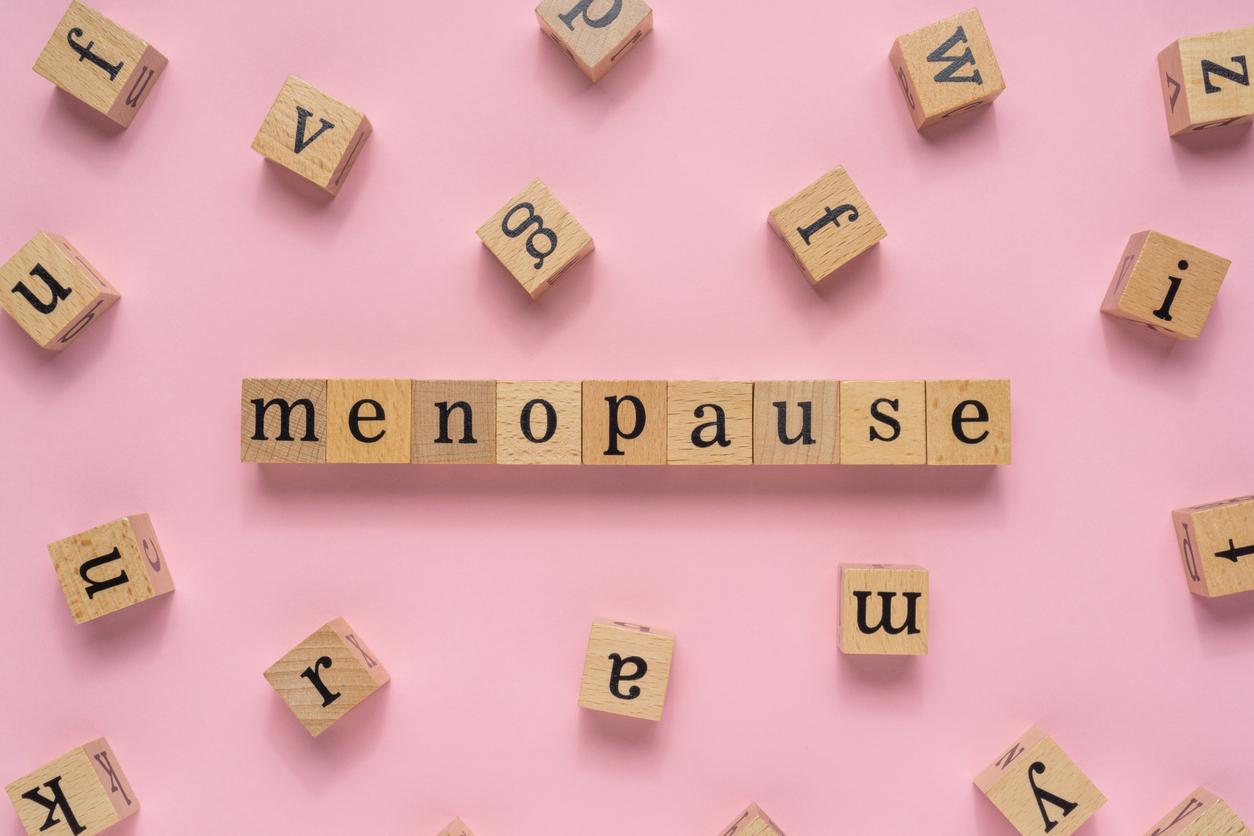Parkinson’s disease is a neurodegenerative condition that primarily affects movement, but it also has a wide range of symptoms that many are unaware of.

- Parkinson’s disease presents with motor symptoms such as tremor and rigidity, as well as non-motor symptoms such as sleep disturbances and depression.
- Recognizing these signs early allows for better care and an improvement in quality of life.
- Consult a neurologist if multiple symptoms are present for proper diagnosis and treatment.
Identifying the early signs of Parkinson’s disease can lead to better management and improve the quality of life of those affected.
Parkinson’s: motor and non-motor symptoms
THE symptoms engines are the best known of the Parkinson disease. They are often the first to appear and include:
- Tremors: Tremors, often at rest, are one of the most recognizable signs. They usually start in one hand or arm, but can also affect the legs, chin, or other parts of the body.
- Muscle stiffness: Muscle stiffness or rigidity can limit range of motion and cause pain. It can affect any part of the body and contribute to a stooped posture.
- Slowness of movements (bradykinesia): Bradykinesia is a reduction in the speed of voluntary movements. This can make everyday tasks more difficult and increase the time it takes to complete them.
- Postural instability: Balance and coordination problems can lead to frequent falls. Postural instability is often more pronounced in the later stages of the disease.
Non-motor symptoms that can be just as disabling:
- Sleeping troubles : Sleep disturbances, such as insomnia, fragmented sleep, or restless legs syndrome, are common. Uncontrolled movements during sleep can also disrupt nighttime rest.
- Autonomic dysfunction: Autonomic dysfunction problems may include difficulty regulating blood pressure, constipation, urinary problems, and sweating problems.
- Psychiatric symptoms: Depression, anxiety and hallucinations are common in people with Parkinson’s. These symptoms can have a significant impact on quality of life and require specialist management.
- Cognitive decline: Cognitive impairment, such as problems with memory, concentration, and judgment, may develop. Dementia can also occur in later stages of the disease.
- Pain and abnormal sensations: Muscle pain, cramps, and abnormal sensations, such as tingling or burning, can be bothersome symptoms.
The importance of early diagnosis of neurodegenerative disease
Recognizing the early symptoms of Parkinson’s disease is crucial for early diagnosis. Prompt intervention can slow the progression of the disease and improve quality of life. If you or a loved one is experiencing several of these symptoms, it is important to see a neurologist for a complete evaluation.
Support strategies
Management of Parkinson’s disease requires a multidisciplinary approach. Treatments include medications to manage motor symptoms, physical therapies to maintain mobility, and psychological interventions to treat non-motor symptoms. Regular physical activity, a balanced diet, and social support also play a key role in managing the disease.
Parkinson’s disease is a complex condition with a wide range of motor and non-motor symptoms. Recognizing these signs is essential for early diagnosis and effective management.
















